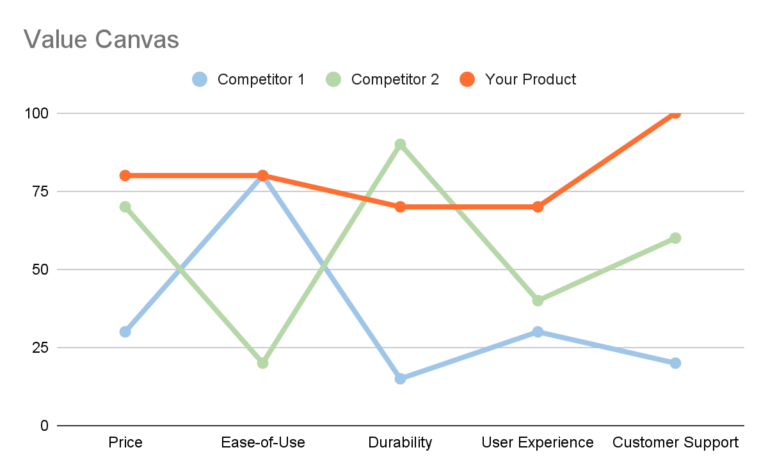Transforming research results or developing an idea into a commercially viable business requires the proper identification of opportunities in the marketplace. This requires asking the right questions and understanding exactly what your idea has to offer, both in terms of the technology itself and in terms of the benefit it offers the end-user.
However, for a commercial idea to be successful, the prospective entrepreneur must also understand the market he is competing in, particularly he must ask what competitors and alternatives already exist for the technology or solution he is offering.
This is more complex than it sounds, as it may be difficult to identify what could be considered as a competitor. For example, say you were a baker, and have developed a unique technique to make the best tasting bread in town. You assumed that your competitors were the other bakers in town, but despite having a better product, you did not manage to bring in a significantly greater number of customers. That’s because customers did not always want to eat bread, sometimes they preferred to buy fruit or yogurts that your store simply didn’t offer. Despite fruit being very different from bread, for the end-user, these products are alternatives because they serve the same function.
Understanding the value of your product becomes a lot clearer when you consider it from the perspective of the user. The competition isn’t around the product itself, but in the function that it serves the end-user. If you can assess the value of alternatives in the eyes of the user, you can also assess the value of your idea and estimate the increased value it will provide for them. Using this you can compare the current situation in the market against the potential situation where your product or service is introduced.
To assess the increased value that your research commercialisation offer is creating, it is useful to compare it to existing alternatives across a wide variety of dimensions, as different customers will seek out different features. For example, low-cost airlines might be unbeatable in the price factor, but certain customers would still prefer to pay a little extra for the increased comfort, leg-room and overall experience.
It is useful to visualise these different dimensions and compare against competitors and alternatives through plotting a value curve. A value curve uses a diagram to compare products or services on a range of factors by rating each factor on a scale from low to high.

Example of a value canvas for your new product (orange) compared to competitors (blue and green).
Let’s consider the fictional example above. Compared to Competitor 1, your product is much more expensive to produce and sell, but it is of an overall better quality in terms of durability, user experience and customer support, thus justifying the higher price. Compared to Competitor 2, your product is only slightly more expensive though not as durable, but by providing better customer support, increased ease-of-use and a better user experience, the slightly lower durability and higher price is justified.
The value canvas also enables you to identify market niches, and factors of a product that are not being addressed at all by existing competitors or alternatives. This presents a blue ocean where your research commercialisation offering can present itself to the user as the only product offering that type of value. In the example above, by providing a strong service of customer support, your product creates new value for the end-user that is not being satisfied by existing solutions. This concept lies at the heart of the widely-cited blue ocean strategy, coined by renowned authors Chan Kim and Renée Mauborgne.
When thinking about what factors to include in a value curve, it is useful to ask the following:
- What can my product eliminate from what other alternatives are offering?
- What can my product reduce from what other alternatives are offering?
- What can my product raise or increase, from what other alternatives are offering?
- What unique value can my product create that other alternatives are not offering?
Understanding what value your product offers compared to competitors is just one of the first steps in successful research commercialisation. One would further need to evaluate the size of the market, and estimate the total market potential, the opportunity for growth, and attractiveness of their research commercialisation proposition.
In the preparatory courses offered to participants of the Entrepreneurial Residency Programme we discuss all these topics and more, including how to establish a beachhead market and create a sustainable value proposition for customers. These courses are intended to prepare participants to pursue collaborations across academia and industry through the Venture Alliances collaboration platform, and to stimulate new opportunities for research commercialisation.
To find out more about this programme and how you can benefit from these courses, click here: https://venturealliances.eu/
